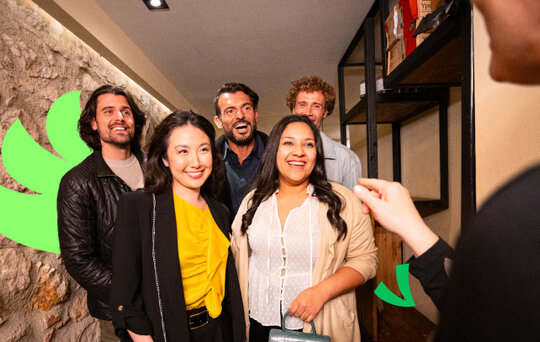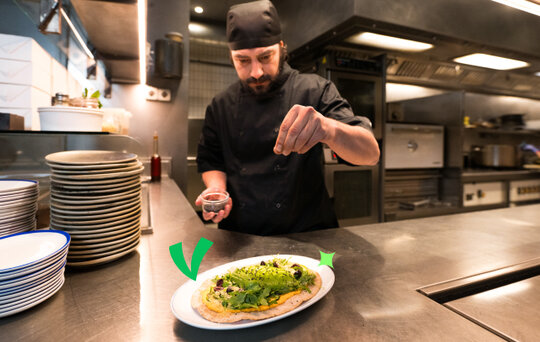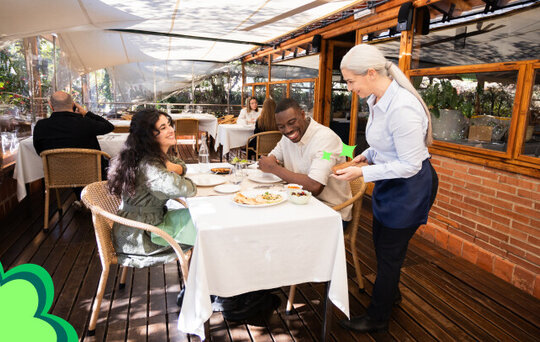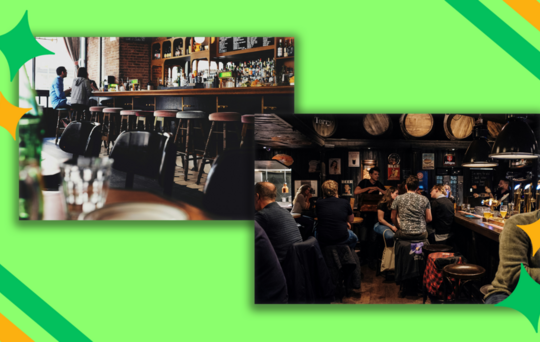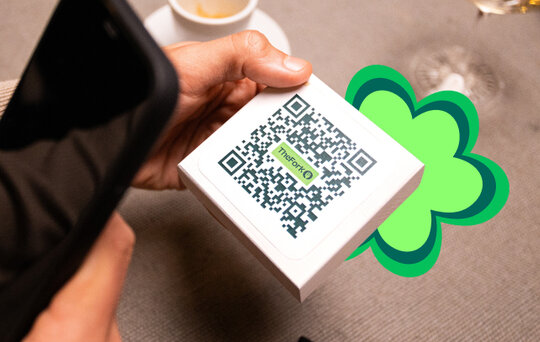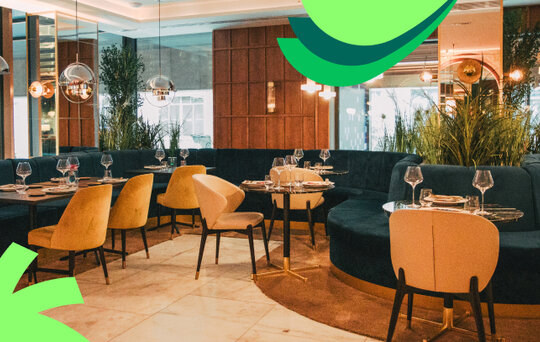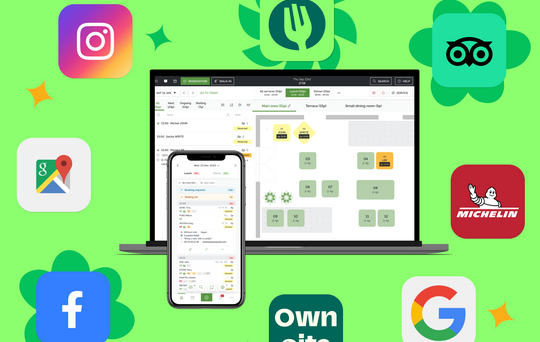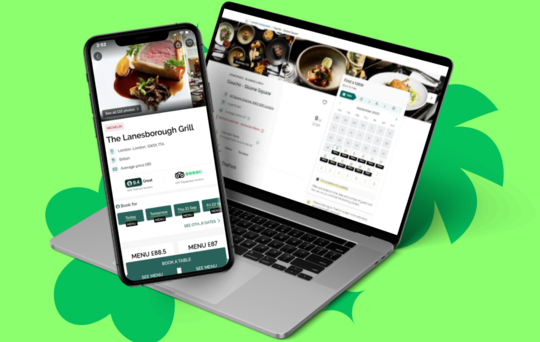How to Anticipate Customer Needs in a Restaurant and Provide a Welcoming Experience

Anticipating Customer Needs: Enhancing the Dining Experience and Fostering Loyalty
Learning how to anticipate customer needs in a restaurant environment can be challenging, with demands beginning the moment diners walk through the door. From the second you greet your guests, expectations run high when customers are expected to part with their hard-earned cash and promised a relaxing evening in return. Although it may seem a daunting prospect, anticipating customer needs is the key to delivering a successful dining experience and will ultimately determine your client retention rate. To keep happy customers coming back for more, we’ve compiled 7 tips for making diners feel welcome and content in your restaurant. If you’re ready to boost your ratings and rake in five-star reviews, then take a look at our guide to anticipating customer needs.
Register your clients’ data to predict your customers’ needs
A digital database is the most effective way to register and manage client preferences and keep them content: you can welcome them by name, offer them their favourite table and avoid any allergy worries by bringing them a gluten-free menu without them having to ask. Does your restaurant have a digital database? If it doesn't, click here to start building one with TheFork Manager today.
Give a personal welcome
Building a digital database, like that on offer with TheFork Manager, will allow you to define the profiles of clients that visit the most. Include their personal food choices and preferences, and create protocols to welcome each one. Remember that a family with children does not have the same needs as a young couple. Likewise, a group of young professionals will value different amenities compared to clients with reduced mobility. Each group prioritises different branding details, spaces and products. By providing a personalised service, you can turn your single restaurant into a venue ideal for multiple target audiences.
Be empathetic and observant of customer needs
Clients react emotionally, so your team must be trained to behave accordingly. Take emotional cues from the customers themselves, and be attentive to their behaviour. Bearing this in mind will ensure that guest relations run smoothly from the offset.
Try TheFork Manager today
Offer incentives if clients have to wait
It is not uncommon for guests to have to wait a few minutes for a table. However, if mismanaged this can appear rude and indicative of bad service to come. As the first impression for diners, a negative experience before being seated can impact the entire meal service. Try to turn an awkward wait into a positive interlude by having a comfortable reception area or bar, complete with enticing complimentary snacks. You might also consider installing Wi-Fi network data so that diners can connect with their late parties.
Send a satisfaction survey
As well as the database, another way to anticipate needs and know what your diners want, is to send them a survey after visiting your establishment. This will enable them to tell you how their experience was, and you can use that information to improve their next visit. With TheFork Manager, you can send a satisfaction survey from your database by email or SMS, a feature greatly appreciated by our partner restaurants.
Read reviews
To anticipate customer needs, read the comments left on all online platforms and make a systematic record of requests. Common suggestions or complaints might include “It would be nice if the portion sizes were larger”, “the music was too loud”, “this particular dish needed more salt”, and “there was no natural sweetener for my coffee”. With these recorded, you can then implement a protocol to make necessary adjustments. Start by reading the reviews left on your TheFork and TripAdvisor pages, as the industry-leading platforms for restaurant reviews and bookings.
Take advantage of social networks
Ask questions in your Instagram stories about their experiences, and try to gauge how welcomed your diners feel when they walk through the door of your restaurant. Social media platforms are excellent for publishing creative questionnaires. Get tips straight from the source by asking questions such as: “What would be your ideal welcome at a restaurant” to get your customers working with you, while also boosting engagement with your brand.
We hope that with our tips, your clients feel welcome in your restaurant, and that you anticipate their needs successfully. To benefit from more helpful tips, and to start implementing key data from a digital database, get in touch with us today to find out what TheFork Manager could do to help your restaurant thrive.

